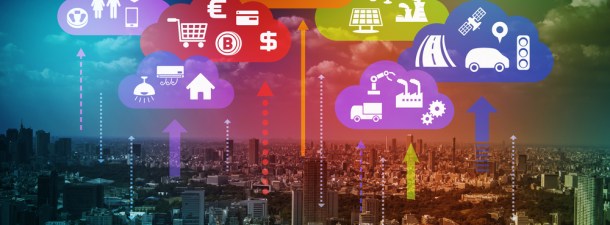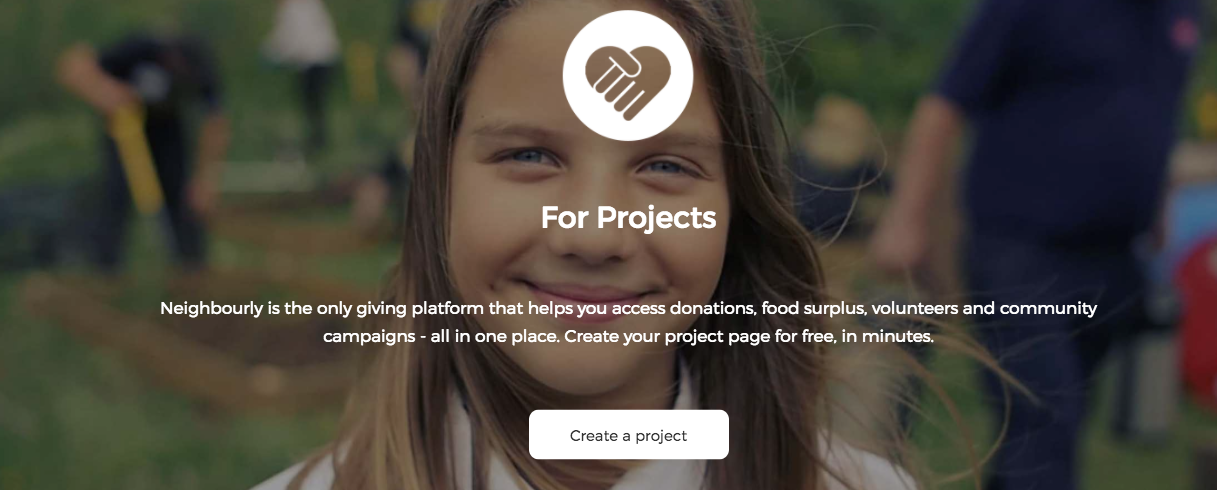First arising in the imaginations of science fiction utopians, the vision of smart cities – highly-connected, efficient and sustainable conurbations – can now be realised through advanced digital infrastructures, platforms and services. Smart cities are technically possible, but what is the on-the-ground reality? How smart are our cities?
This year’s Smart City Expo World Congress provided the perfect opportunity to review the current state of play. We spoke to several event attendees to get their thoughts.
John Aloy, Managing Partner in Telefónica UK’s Passenger Services division, sees our cities as still being a long way from the utopian future promised to us: “When was the last time your airline contacted you before your flight? When did they do so to warn you of roadworks on your route to the airport? When did you last get told, while still in bed, that your train will be cancelled?”
For Aloy, smart cities are defined by the delivery of compelling connected citizen services; services which have not yet been truly realised.
Andrew Collinge, Assistant Director, GLA Intelligence at the Greater London Authority, believes that these services can only be delivered if all municipal stakeholders collaborate. For Collinge, this collaboration needs to run deep and involve the integration of technology platforms across the smart city ecosystem: “truly transformative smart city services require shared data platforms sustained by the collaboration of political leadership, major stakeholders and infrastructure providers”.
Rosalia Simon Navarro, Telefónica’s IoT Smart Cities Director, highlighted that where such municipal collaboration occurs, smart city initiatives are beginning to take root: “In Telefónica IoT we are collaborating with global and local companies, but also with startups belonging to the Telefónica Open Future programme, bringing public and private organisations together to develop marketable smart city services”.
For instance, one vital component of smart cities is smart transport. Our Digital Futures video series looked into the future of this area for a special episode – have a watch below.
The Open Future programme has already led to some powerful innovations such as Carto location intelligence for Cities, which is already in use by top cities in the US and already integrated with Telefónica’s Thinking Cities platform. Another example is Apparcar: an app that enables a driver to find the nearest available on-street parking spot with just one tap. “Initiatives bringing together a range of global and local companies, of corporations and medium sized and startups, will be a key driver for smart cities”, concludes Simon Navarro.
This year’s Smart City World Expo Conference carried with it a similar air of optimism, and there were signs of wider progress for smart city initiatives. Paul Copping, Chief Innovation Officer for Digital Greenwich, picked up on this atmosphere: “this year, there is a growing emphasis on integrated, immediately deployable solutions with demonstrable return on investment”.
Copping used his speaking slot at the congress to propose “a collaborative procurement model to enable partner authorities to share a replicable smart city solution stack and to share cloud based services”.
So, as 2016 draws to a close it feels like real momentum is beginning to build for smart cities, and there’s an increasing commitment to develop practical, easily deployable solutions that will help make the smart cities dream a reality.









